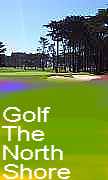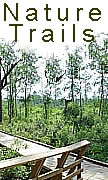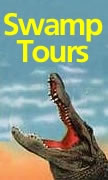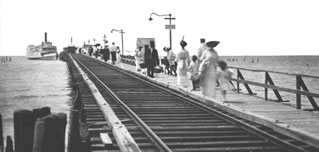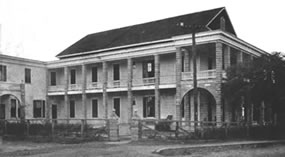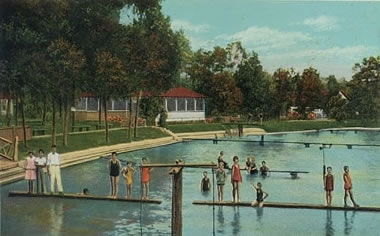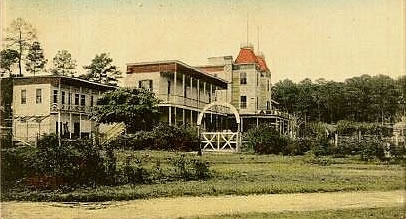|
St. Tammany Parish, New Orleans North - tourist
attractions, lodging, map, b&b, events, restaurants, recreation,
tours |
|
|
||||||||||||||||
History of St. Tammany People have always lived in the Lake Ponchartrain Northshore area. The mild climate coupled with the clear spring fed creeks and rivers provided the first Native American families with a comfortable life. The first white settlers were French. They moved to the area north of Lake Ponchartrain in the early 1700's, mostly from New Orleans. Anglo-Saxons later followed the French into the area. The Indians traded with the settlers and helped them establish their settlement. They showed the newcomers how to construct a dependable bow; how to convert local timbers into cured planks; how to tar and pitch log cabins; and how to use herbs and plants for healing purposes. Over the these first few years the French and Spanish settlers laid official "claims" to the area. The area saw little military action from the Civil War, but did suffer from the closeness of the war. Around 1900 the area became popular with residents of New Orleans who were looking for an interesting excursion. During the next decade the area became a very popular resort. Abita Springs alone boasted of having accommodations for over one thousand guests! Madisonville, Mandeville, Covington, Slidell also welcomed tourists. Some visitors came to simply get away from New Orleans' summer heat, others saw the area as a medicinal retreat and to others, the flora and fauna were the attraction. During the 1930's the area's popularity as an vacation destination decreased dramatically. Now, a hundred years later, the area is once again a tourist destination. Today's visitors appreciate the North lake area for the same reasons the visitors who came 100 years ago: clear spring fed creeks and rivers, tall pine trees and old live oaks, and friendly communities. SWAMP MONSTER The sighting prompted the creation of an all-pro birding team -- six scientists from North America and Indonesia -- to explore 6000 of the 35,000 acre Southeastern hardwood swamp. Trying to ignore the gnats, mosquitoes, poisonous spiders, venomous snakes, giant snapping turtles, and alligators that lurked in the bottom land, the team looked up in the trees for the woodpeckers. None were found. But this wasn't the first time something strange had been spotted in one of the last truly wild places in Louisiana. In 1974, Pearl River resident, Harlan Ford and a hunting buddy sited what has become known as the Honey Island Swamp Monster. Not only did Harlan spot the odd fellow, he also made plaster castings of the animal's foot prints. Harlan was later the subject on an interesting and very popular documentary called In Search Of which still airs recurrently television's The Discovery Channel. Ford's granddaughter, Dana Holyfield, has kept the Swamp Monster (also known as the "Wookie") legend alive in her book Encounters With The Honey Island Swamp Monster. The book reveals how Ford tracked the creature over the years and also includes reports of sightings by other individuals. Holyfield, a resident of Pearl River, is a successful author and publisher of regional cookbooks and magazines. Dana remembers how Ford once took a live goat into the back woods to use as bait. “He hid in a tree blind with a camera but the creature never appeared. We (children) were happy to see the goat come back,” says Dana, “He was kind of our pet.” Every day, visitors explore the Honey Island Swamp with the help of local guides and tour operators in the area. |
||||||||||||||||
|
NewOrleansNorth.Com - Welcoming
Tourists for over 100 Years |
Site Maintained and Designed by NewOrleansNorth.com copyright 2005 John Preble




